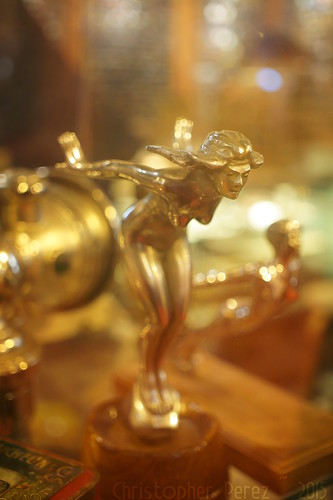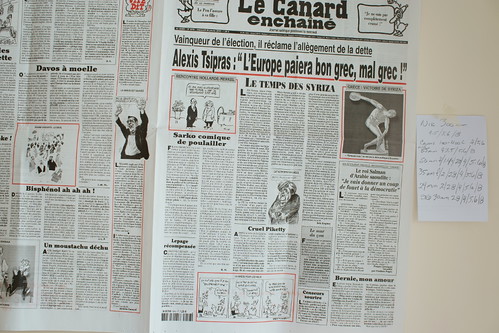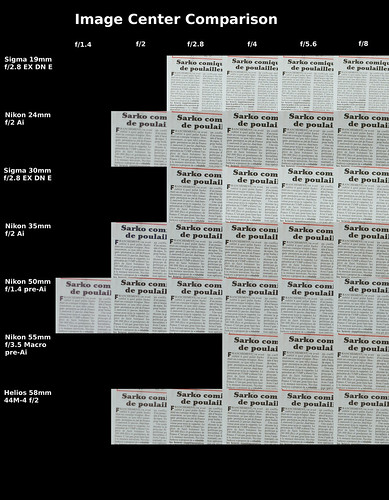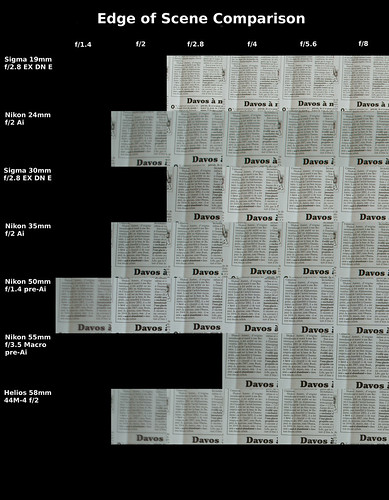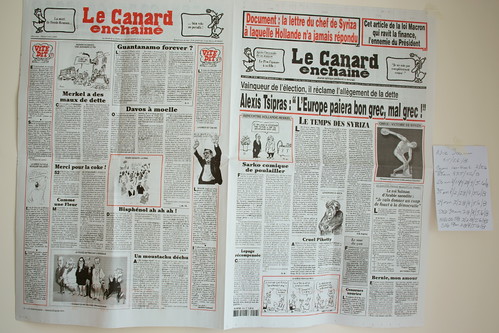These must be the End Times of photography. How else can one explain what's going on these days?
Hasselblad used to make world class 2 1/4inch square format film cameras. They were good enough that NASA contracted the company to make 70mm film-backed cameras that went to the moon as part of the American Space program (the Apollo missions).
To celebrate their heritage Hasselblad recently introduced a camera call the "Lunar." The sad thing is the model name is for photographic purposes utterly meaningless. It can't go into outer space and is nothing more than a very very expensive warm-over of Sony's old model NEX7.
What a joke!
Leica, like Hasselblad, used to make world class cameras. Leica's image shape was the classic 35mm. In fact, the company "invented" the 35mm format. Today's 36mm x 24mm "full frame" sensors are the direct legacy of Leica's early creations.
So it's with more than a little interest that Leica recently announced their latest product offerings. It's called the M-P "Correspondent." It's claim to fame? It comes brand new pre-brassed. That's right. You get a brand new camera and lens that have been made to look like they've lived 30 hard years in a press-pool working photographer's kit.
According to my calendar, it is not yet April 1st. No fool'n! What a joke!
My wife and I recently visited the Magnum Photo exhibition at the Hotel de Ville. The show was devoted to images made of Paris from Magnum's inception through to the present.
Indeed many of the photographs from the late-1940's up through the 1960's had been made using Hasselblad and Leica camera systems. The black and white photos are properly and fabulously printed. The show was very well curated and shared enough information that a visitor could easily follow the evolution of photography in this city.
I was struck by something. By the 1970's color prints revealed that a massive upheaval in imaging had taken place. To explain the shift I need to go back and talk a little about the impact of photography on painting.
For hundreds of years painters depicted reality. They recorded how people looked and scenes of historical importance. When photography advanced to the point images could accurately record people's likenesses and capture time slices of significant events painters had to find something else to depict.
It's no coincidence that the "impressionists" advanced painting into the door-steps of the abstract. Subsequent artists took painting further and further into abstraction to the point most casual observers need an explanation of what they are looking at to understand a work.
In the 1970's television had taken it's place in many first world living rooms. Just as photography had done to painting in the late 1800's, the impact of television was to push photography into abstraction.
The Magnum show filled the years from the 1970's to the present with images of broad colors, simple large shapes, and into the realm of abstract ideas and concepts. Without an explanation of what I was looking at, I had no idea what the photographer was attempting to say or share.
This begs the question of what is the present purpose of photography? From what I can tell, photography has moved from accurately recording to sharing experiences and self-portraits (selfies).
Can the displacement of photography help explain the many forums populated with camera equipment junkies who, rather than attempt to make a fine image, spend their spare hours arguing over which piece of gear is better than another? Is it, then, any wonder that Hasselblad and Leica, the old vanguards of tradition photography, struggle to remain tools of valid creative expression?
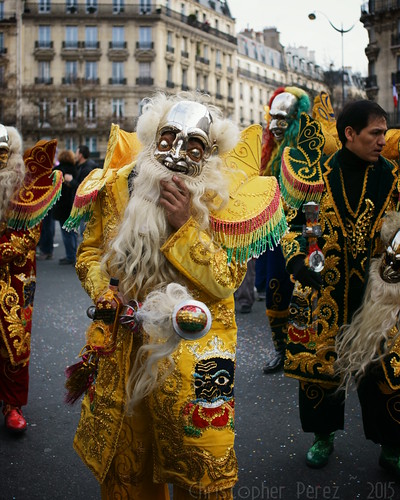
Hasselblad used to make world class 2 1/4inch square format film cameras. They were good enough that NASA contracted the company to make 70mm film-backed cameras that went to the moon as part of the American Space program (the Apollo missions).
To celebrate their heritage Hasselblad recently introduced a camera call the "Lunar." The sad thing is the model name is for photographic purposes utterly meaningless. It can't go into outer space and is nothing more than a very very expensive warm-over of Sony's old model NEX7.
What a joke!
Leica, like Hasselblad, used to make world class cameras. Leica's image shape was the classic 35mm. In fact, the company "invented" the 35mm format. Today's 36mm x 24mm "full frame" sensors are the direct legacy of Leica's early creations.
So it's with more than a little interest that Leica recently announced their latest product offerings. It's called the M-P "Correspondent." It's claim to fame? It comes brand new pre-brassed. That's right. You get a brand new camera and lens that have been made to look like they've lived 30 hard years in a press-pool working photographer's kit.
According to my calendar, it is not yet April 1st. No fool'n! What a joke!
My wife and I recently visited the Magnum Photo exhibition at the Hotel de Ville. The show was devoted to images made of Paris from Magnum's inception through to the present.
Indeed many of the photographs from the late-1940's up through the 1960's had been made using Hasselblad and Leica camera systems. The black and white photos are properly and fabulously printed. The show was very well curated and shared enough information that a visitor could easily follow the evolution of photography in this city.
I was struck by something. By the 1970's color prints revealed that a massive upheaval in imaging had taken place. To explain the shift I need to go back and talk a little about the impact of photography on painting.
For hundreds of years painters depicted reality. They recorded how people looked and scenes of historical importance. When photography advanced to the point images could accurately record people's likenesses and capture time slices of significant events painters had to find something else to depict.
It's no coincidence that the "impressionists" advanced painting into the door-steps of the abstract. Subsequent artists took painting further and further into abstraction to the point most casual observers need an explanation of what they are looking at to understand a work.
In the 1970's television had taken it's place in many first world living rooms. Just as photography had done to painting in the late 1800's, the impact of television was to push photography into abstraction.
The Magnum show filled the years from the 1970's to the present with images of broad colors, simple large shapes, and into the realm of abstract ideas and concepts. Without an explanation of what I was looking at, I had no idea what the photographer was attempting to say or share.
This begs the question of what is the present purpose of photography? From what I can tell, photography has moved from accurately recording to sharing experiences and self-portraits (selfies).
Can the displacement of photography help explain the many forums populated with camera equipment junkies who, rather than attempt to make a fine image, spend their spare hours arguing over which piece of gear is better than another? Is it, then, any wonder that Hasselblad and Leica, the old vanguards of tradition photography, struggle to remain tools of valid creative expression?

